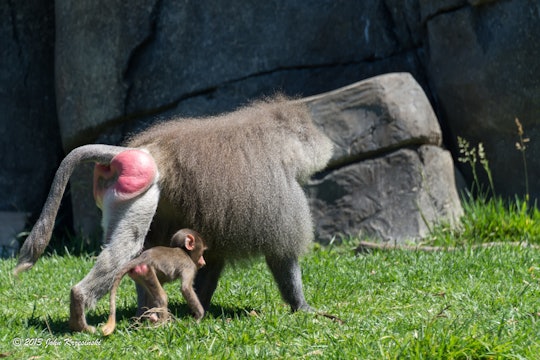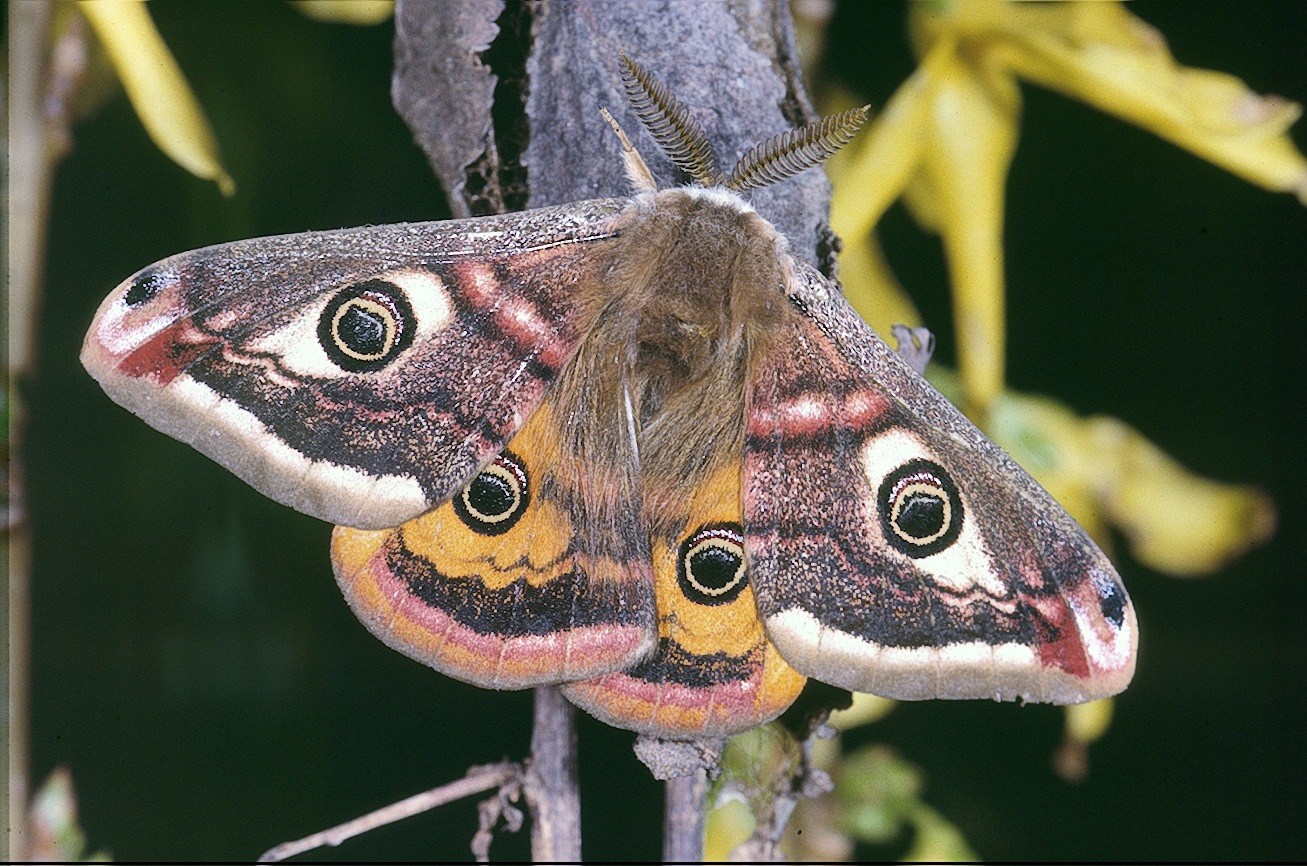
John Krzesinski via Flickr
Which came first, the butt or the mouth? New research gives an answer
It's a chicken-and-the-egg question, but "which came first?" might not be the right way to think about it
Ed: Welcome to Butt Month. In the month of September, Massive will be publishing articles on the evolution, science, and technology surrounding the butt. If it touches the butt, we’ll be covering it. Why Butt Month? Why not. For previous butt stories, see the Butt Month page.
Like many people, you may have spent hours pondering the question of which came first, the anus or the mouth? OK, maybe it's not top-of-mind for some, but the science behind the origins of our ends has been the grounds of a long-lasting debate.
There are still creatures with prehistoric digestive systems consisting of only a single opening, where food enters and poop exits, typically rudimentary species with long evolutionary histories. Jellyfish, for example, take food in to a single hole, digest it, and then expel the waste through the same hole. But, thankfully, our distant ancestors swapped out that blueprint for a different approach to digestion.
Most mammals have one major tract for solids going "in," and one for "out"; One for eating, a mouth, and another for defecation, typically considered the anus. In the path between those two points, it's broken down and digested in the stomach, then passed through the colon. Unidirectional gastrointestinal tracts are an extremely efficient system that allows animals to keep eating even while they're digesting.
Some scientists believe that, in evolutionary history, the mouth developed first, based on how embryos develop in the womb. Others dispute this theory, arguing that the anus developed first based on embryo development in different animals. Recently, a paper published in Nature reviewed these theories to get to the bottom of it.
There's a concept in evolutionary history called Haeckel's Biogenetic Law, developed in 1866 by Ernst Haeckel. Haeckel believed that an embryo's developmental stages provide information about the adult stages of that organism's ancestors. If an embryo looks different at different stages of development, those differences correspond to how the ancestors of the species looked at adult stages. Human embryos at early stages look nothing like their adult counterparts, with quirks left over from evolution such as embryonic tails that are reabsorbed into surrounding tissues before birth. It follows that an embryo's journey through the stages of development in the womb show us a chronological replay of their evolutionary forms.

Bilateral symmetry seen in the small emperor moth, Saturnia pavonia, with two pairs of wings with symmetrically placed eyes
Jean-Pierre Hamon via Wikimedia
Then, in 1908, biologist Karl Grobben used Haeckel's idea to study the question. Grobben suggested that Bilateria — animals with bilateral symmetry where the left and right side are mirror images of each other — should be divided into two groups based on the evolution of their ins and outs. The first group had originally developed a mouth from their first opening, also known as "mouth first." The second group developed an anus first and was known as "mouth second." Following Haeckel's law, Grobben set out to prove that he could confirm one of these theories by examining embryonic development stage histories for each animal species.
Grobben formed his theories based on the development of the blastopore, the very early developmental form of any mouth or anus. It's the precursor to eating and breathing through one hole and either defecating through the same hole or other structures in the body. It's also the precursor to the more common structure of two distinct openings at either end of the body, as in humans and most mammals, where food goes in one way and goes out the other.
The final form of the blastopore vary across all living creatures. For example, starfish form an anus, but earthworms form a mouth from the same opening. A 2016 paper published in Nature Ecology & Evolution compared the development of the blastopore in two different brachiopods — shelled creatures that open at a hinge, like many clams — to understand how the blastopore first develops into a mouth or anus based on how the embryo is organized during development.
A number of different processes are at play as embryos develop, each leading to the final structures in the bodies of adult mammals. The timing of these developments influences one another, in the same ways the development of a mouth can lead to a digestive tract and waste production system. Creatures with a different entry and exit point have more time to digest and get more nutrients out of each meal. Some animals, such as jellyfish, take a single "bite" of food, digest it, then shoot waste back out the same hole. Animals with anuses, like you or your dog, can down multiple meals without worrying about the excrement coming out the same side. That process means our digestion can be slower and more effective at removing nutrients from our food.
Researchers in the Nature study attempted to review all plausible theories by examining the blastopore, tissues, nerves and bands, and other pieces that make up the development of early human embryos. The three major theories they examined, for the evolution of mouths and anuses in bilaterians (which includes humans), were as follows:
- The blastopore becomes the mouth, and the anus develops secondarily.
- The blastopore becomes the anus, and the mouth develops secondarily.
- The blastopore divides into the mouth and the anus through the fusion and separation of a tubular gut.
They found that the evidence supports the third scenario, in which the blastopore elongates and closes laterally at both ends, giving rise to the mouth and the anus simultaneously (or as simultaneous as embryonic development can get). The tubular gut, a long skinny tube connecting the mouth and anus slowly spreading until all that remained were the two openings we use almost every day — and then came all the stuff in between.
Anal openings first appeared around 550 million years ago, around the time of the first worm-like creatures. In the time since, some animals of lost their anus or gained a new one. While we may never truly know which came first for every living creature, this study lends evidence to the prevailing theory of the start of your butt and your gut from just one distinct channel. Thanks to your tubular gut, you have both holes available at your disposal.
